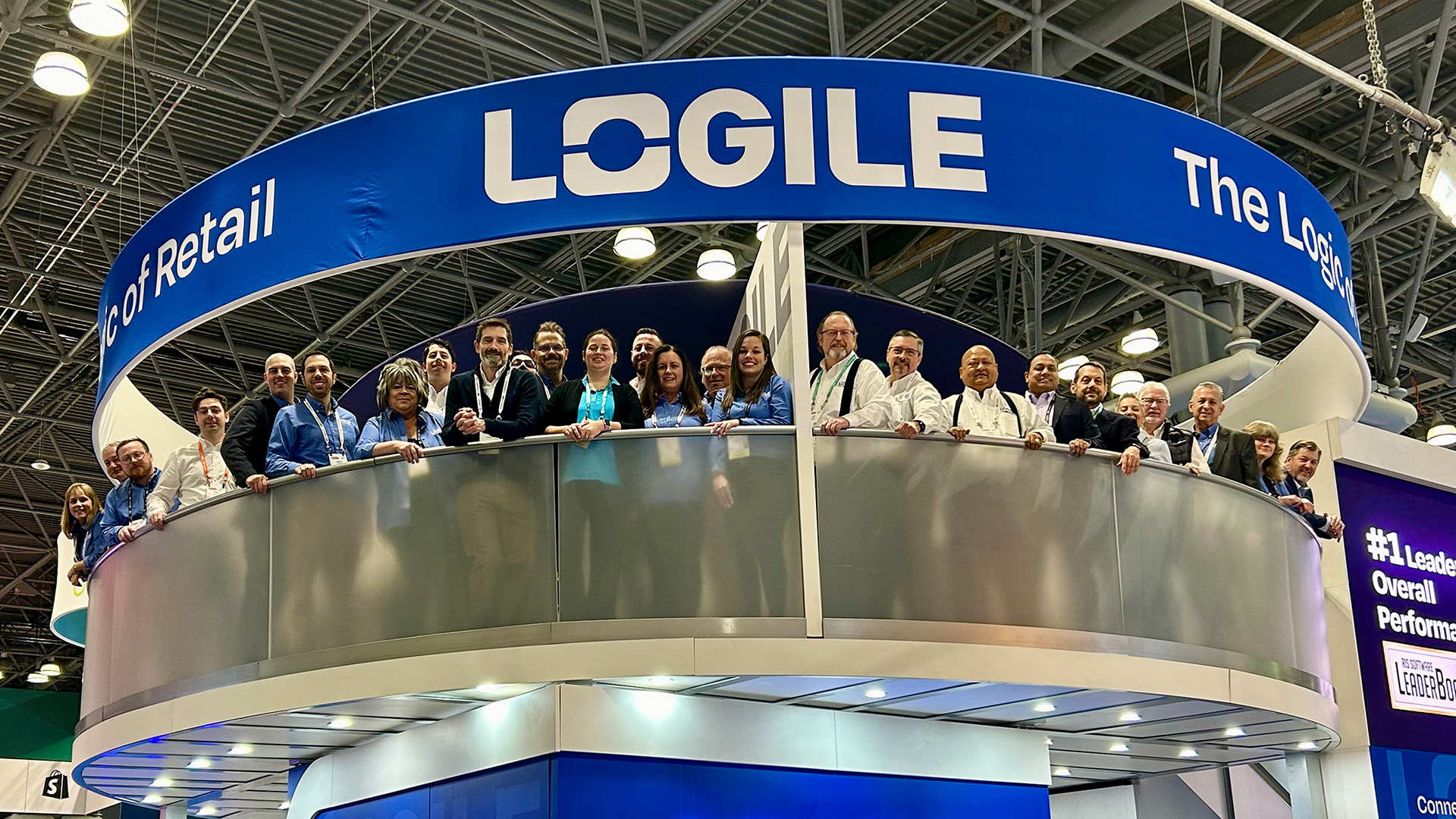5 minute read
Elements of Success: High-Level Considerations for Food Safety Implementations in Retail

In previous blog entries, we’ve explored different ways that technology can be used to improve food safety practices. New food safety solutions can simplify the implementation of Hazard Analysis and Critical Control Point (HACCP) procedures, for example, and can help manage the many factors that affect the likelihood of foodborne illness and regulatory violations.
Knowing the capabilities of technology, however, is not enough—to reap the benefits, food safety solutions must be selected and implemented. This blog entry is the first in a series that will examine key elements of a successful food safety solution implementation.
Review the current state
One of the first steps in a food safety solution implementation project is evaluating current practices. Without understanding the strengths and weaknesses of existing processes, decision making becomes more haphazard and the risk of failure increases.
Each organization’s specific location on the path between “no food safety” and “perfect food safety” is different. Even as companies have shifted towards using technology in every facet of their business operations, many retailers still use paper logs, despite the associated difficulties in data review and collection. Other retailers have implemented systems that meet some needs but lack flexibility or key features. By carefully examining the current state, its strengths and weaknesses can be identified, and this analysis can then help guide the priorities of the implementation project.
Ideally, all project stakeholders would participate in this analysis. Food Safety specialists might perceive a lack of visibility in the current solution, while the legal team might identify existing exposure to key food safety risks. At the same time, in-store operators may focus on the importance of ease of use, while IT might raise questions about security and network requirements.
Establishing a focused and actionable implementation plan
Once the “list of wants” is completed, it’s time to organize them and determine the short- and long-term goals for the project. Without clear priorities, development, implementation and training, resources will be inefficiently utilized. This too ought to be a collaborative effort, and as a result, each company’s prioritization approach will vary and depend on factors like:
- The capabilities of the system being replaced
- The capabilities of the solution being implemented
- The perceived risks of various kinds of food safety violations
- Level of workforce training required
- Equipment and labor costs
- Predetermined project deadlines
Some companies, facing a tight external deadline or wishing to minimize workforce training, might start with a simple approach and initially implement only the highest-priority items. Others, seeking to minimize the risk of food safety violations, may want to push a more comprehensive solution to the stores and be prepared for more extensive change management, including training and troubleshooting.
Besides these internal considerations, the new solution itself factors into the prioritization process. For example, a new solution that simplifies important workflows and requires little training might open the door for additional workflows to be included in the implementation project. This might mean the inclusion of new food safety workflows to reduce risk; or perhaps, in the case of comprehensive solutions, related activities like store operations, merchandising, shrink management or production planning could be moved to the new solution as well.
A common approach is to use current capabilities as a baseline, incorporate some incremental improvements to those processes in the initial rollout, and then plan for additional features in the longer term. This type of approach helps control the project timeline, maintains existing food safety standards, and gives end users a taste of the improvements that are possible with the new solution.
Considering the project timeline
At least two other factors have a significant impact on the project timeline: data integration and pilot/rollout strategy.
The process of identifying key organizational data and connecting it to the food safety solution can vary in complexity, depending on the needs of the organization. Elements like organizational hierarchy, roles and basic employee data typically lay the foundation, and beyond this, specific project goals dictate what other data integration is required. Complex implementations may require item-level UPC feeds, equipment and facilities data, transactional data and more. But for simpler implementations, it may be possible to push some of this work into the post-project future.
A robust project timeline also lays out the pilot and rollout strategy. This will vary from company to company, depending on the complexity of the solution and the organization’s culture. Small-scale pilots, beginning in one department or one store and then slowly expanding over the course of several weeks, typically provide helpful insight while allowing pain points to be identified and addressed with minimal impact. The rollout strategy then builds on the success of the pilot, accounting for training requirements, implementation resources available, and any external deadlines. The specific approach can vary, and on-the-fly adjustments may be necessary. But a robust, thought-out strategy provides the necessary structure for downstream adjustments.
Training and support strategy
As these initial considerations are finalized, the appropriate strategy for training and support will become clearer. The initial scope and complexity of the project impacts how much training is required for various users in the organization, and this, combined with each organization’s training practices and available training resources, will guide the specific approach.
Several elements are common, however. At the highest level, the solution provider would normally be expected to provide training and documentation to the organization’s system administrators. These users, often supported by the solution provider, then equip corporate users like the training and support teams. For store- and district-level users, a “train the trainer” model often makes the most sense, allowing for more people to be trained more quickly.
More than ever, there are numerous technological options available to deliver the training. In-person training remains effective, especially if supported by training material customized to match each organization’s culture. But virtual delivery options, like webinars and training videos, can achieve the desired results as well, particularly for training end users in relatively simple processes. In both models, well-designed reference sheets and step-by-step instructions for key processes can significantly reduce the long-term burden on those supporting the solution.
Establishing a clear support strategy is another crucial aspect of the implementation process. Bringing day-to-day support “in house” is a typical goal of an implementation project, and to do so, support users learn how to identify issues caused by user error, hardware/connection issues, or software problems. Imparting this diagnostic knowledge to help-desk users is another branch of the training effort. An effective strategy will map out the transition from using administrators as primary support (such as on Day 1 of the pilot) to a dedicated support team later in the project.
Conclusion
With an understanding of these high-level considerations, we’re ready to move on to digging into additional food safety specifics in subsequent blog entries, including process evaluation, critical control point identification and follow-up, hardware and more.



